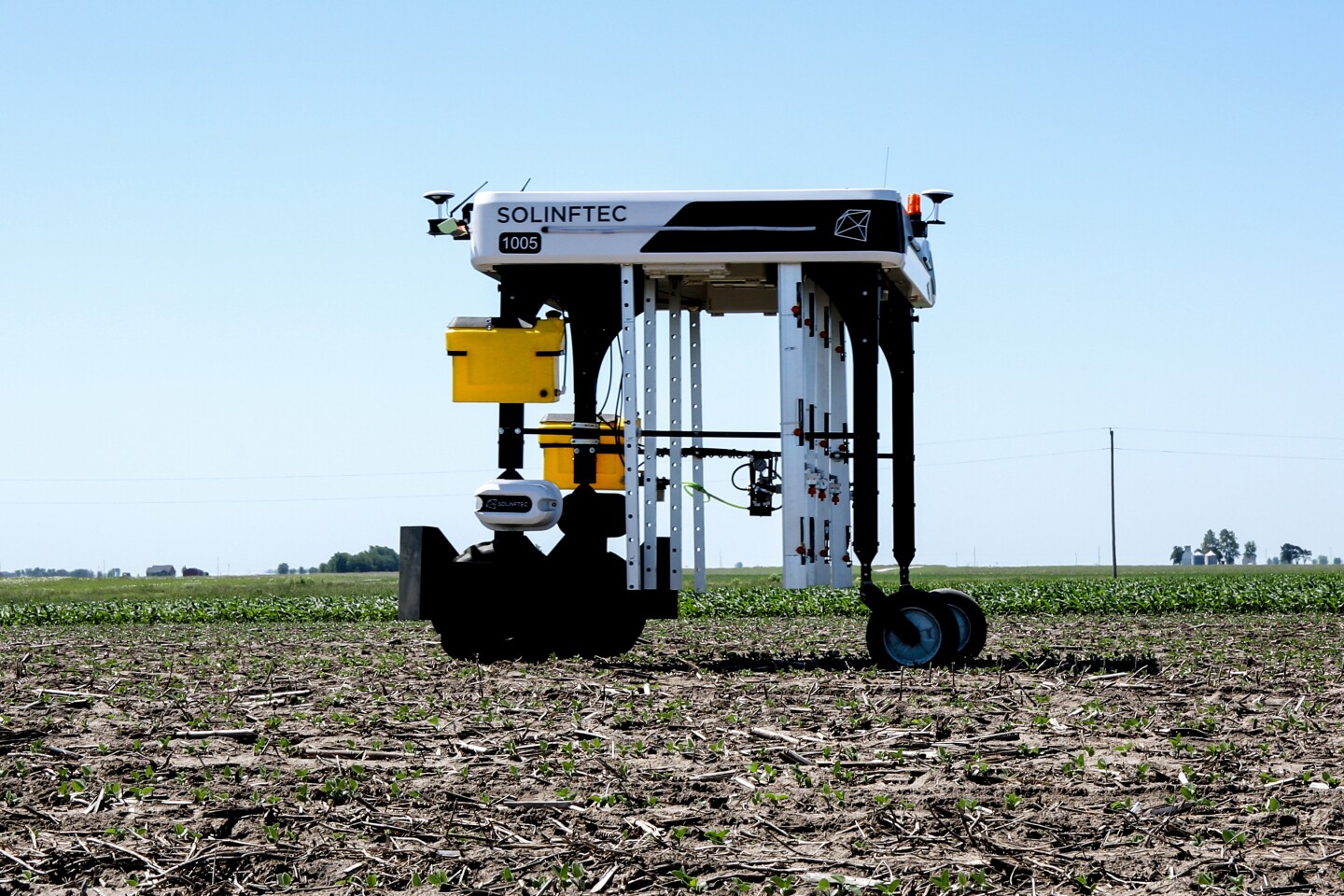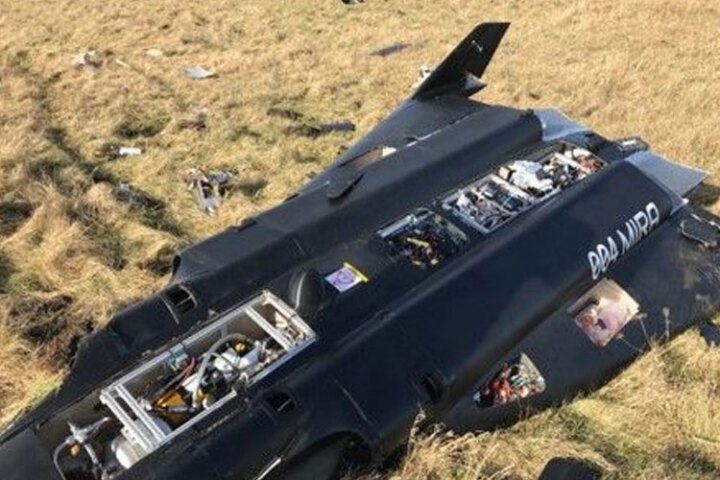Along with being costly, herbicides can also harm the environment … so why apply them to a whole crop, instead of just the areas where weeds are growing? That's the thinking behind the Solix Sprayer robot, which spots and sprays weeds in farmers' fields.
Designed by Brazilian/American agricultural technology company Solinftec, the Solix Sprayer will be manufactured by the Indiana-based McKinney Corporation. Like Solinftec's existing Solix Scout robot – which inspects and reports on crops, but doesn't spray them – it's powered by four onboard solar panels.
As the Sprayer autonomously makes its way back and forth across planted fields, it utilizes a suite of integrated sensors to perform a "root to leaf" scan of each plant that it passes over. If the onboard Alice AI system determines that the plant is a weed, herbicide is selectively applied to it.
The robot also produces a digital map of the field, showing where weeds were detected and treated.

According to Solinftec, a single Sprayer robot is capable of managing up to 100 acres (40.5 hectares) of farmland per day, depending on field shape and terrain. Additionally, utilizing a lighting system and a battery charged by its solar panels, the Sprayer can operate 24 hours a day. And because the robot is much lighter than a tractor towing a "smart" weed-spotting sprayer, soil compaction should be minimal.
In its present form, the Solix Sprayer is optimized for use on grain crops such as wheat, soybeans and corn. Solinftec claims that in US trials conducted so far, the technology has been able to reduce herbicide use by up to 70%.
Plans call for the robot to be commercially available sometime next year. In the meantime, it can be seen in action in the following video.
Source: Solinftec





